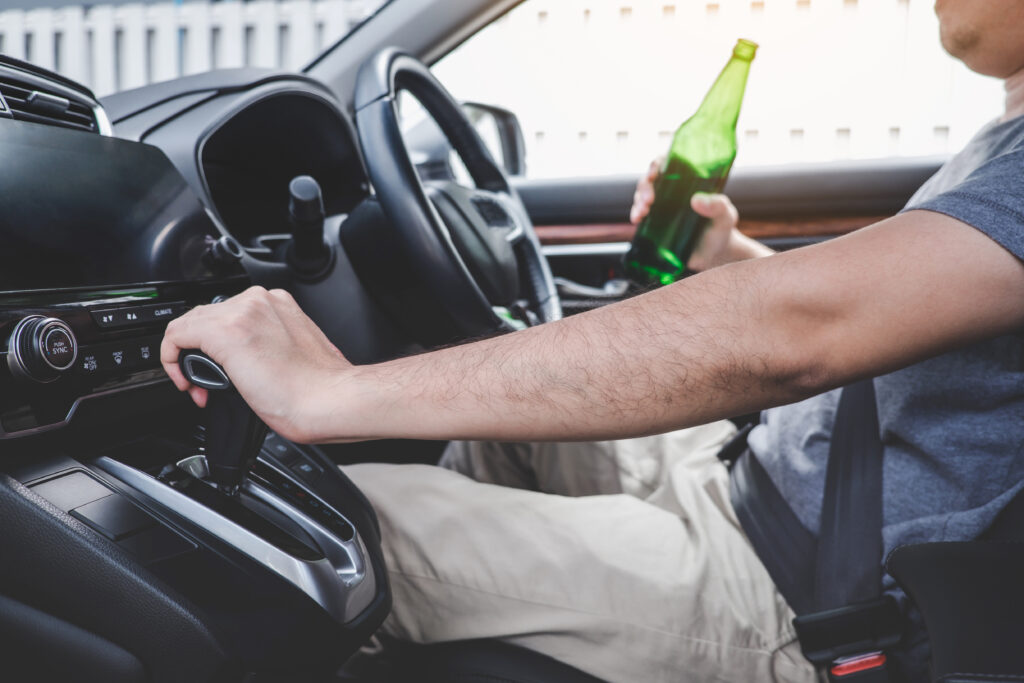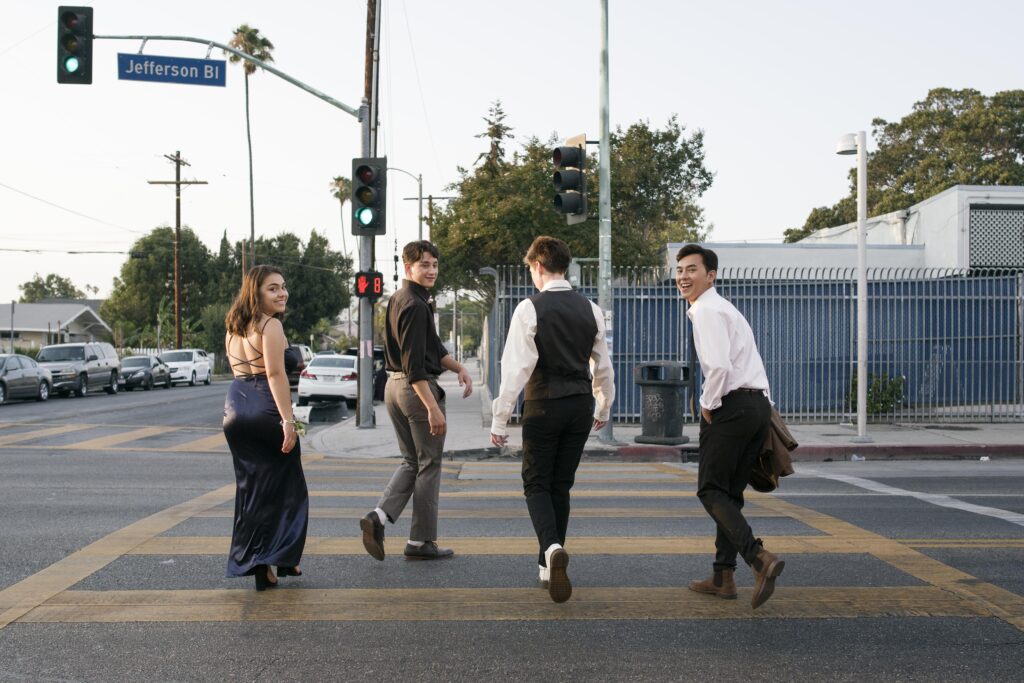California makes a distinction between an assault and an assault with a deadly weapon. The penalty differs depending on who is being assaulted. The article goes through the laws surrounding hazing. This article will break down the laws under California Penal Code Section 245 – Assault with A Deadly Weapon.
What is an assault?
An assault is the attempt to, or the actualization of an attack on a person’s body in order to cause bodily harm. An assault has taken place when there is intent and a willful act. If the attacker threatens to attack the victim but does not follow through with the threat, the attacker has committed an assault.
A simple assault requires the attacker to use their own body to harm the victim. An aggravated assault, which carries different penalties, requires the attacker to use an object in order to cause bodily harm.
An assault with a deadly weapon is categorized under an aggravated assault. What is considered to be a deadly weapon? Some weapons, such as firearms and knives, are deadly by design.
Certain tools and instruments can be considered deadly weapons if they are used to assault another individual. These include work tools, bats, and canes, etc.
What is the penalty for an assault with a deadly weapon?
An assault with a deadly weapon is treated as a misdemeanor or as a felony depending on if the weapon used was a firearm.
If the weapon used is a deadly weapon (which includes firearms), the penalty is up to four years in state prison, or up to a year of jail time, and/or a fine of up to $10,000.00. If a person assaults a peace officer or a firefighter who is performing their job with a deadly weapon (which includes firearms), the penalty is up to five years in state prison.
California has separate penalties for different types of firearms.
- The penalty for assaulting someone with a machine gun is up to twelve years in state prison. The same penalty is dealt if the victim is a peace officer or a firefighter who is performing their job.
- The penalty for assaulting someone using a semiautomatic firearm is up to nine years in state prison. The same penalty is dealt if the victim is a peace officer or a firefighter who is performing their job.
In addition to peace officers and firefighters, school employees while they are performing their jobs are included under the law under PC 245.5.
- The penalty for assaulting a school employee with a firearm is up to eight years in state prison or up to a year in county jail.
- The penalty for assaulting a school employee with a firearm taser or stun gun is up to four years in state prison.
Does hazing fall under the category of committing an assault?
Yes. Despite its popularity among the high school and college population, hazing is not legal. Under PC 245.6, hazing is defined as “any method of initiation or preinitiation into a student organization or student body…which is likely to cause serious bodily injury…”
Hazing that does not lead to serious injuries to the victim’s body, is penalized with a fine between $100.00 – $5,000.00 and up to a year in county jail. The crime is treated as a violation.
However, if the hazing leads to the death of, or serious injury to, the victim, the crime is categorized under PC 243 and is considered to be battery. The crime is treated as a misdemeanor or a felony.
For example, in the 2002 movie, A Walk to Remember, a character is told to jump off a cliff into the water as part of a hazing ritual. When that character is hospitalized, the main character is sentenced to community service.
Can I claim self-defense if I am charged with an assault with a deadly weapon?
The article, “California Self-Defense Laws [2024] – Know Your Rights”, breaks down what is considered to be acting in self-defense. If the attacker was also using a deadly weapon, or what one could reasonably conclude is a deadly weapon, the person defending himself can use a deadly weapon while acting in self-defense.
For example, if Person A attacks Person B with a firearm, Person B can use a firearm or similar weapon to defend himself.
Need Expert Advice?
Navigating the aftermath of an assault with a deadly weapon can be complicated given the intricacies in the law regarding the use of a firearm. If you or someone you love needs someone who can help you in court, contact David L. Faulkner a skilled assault and battery lawyer.









